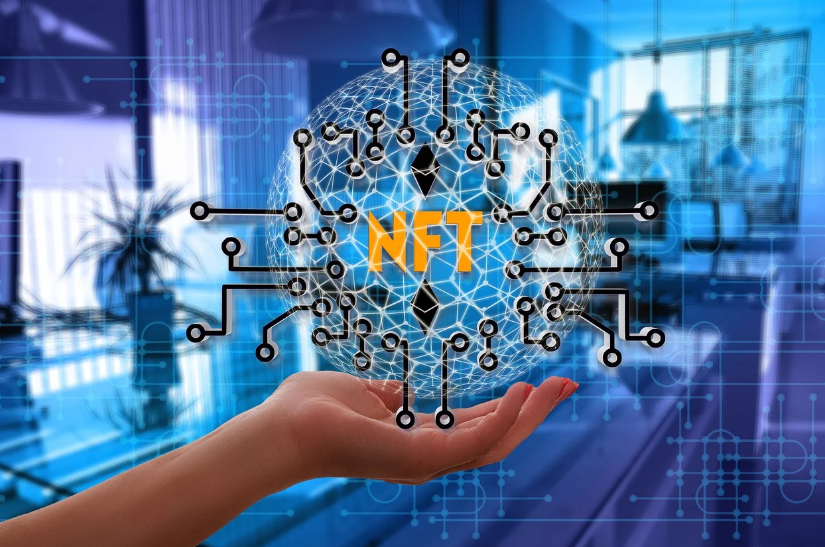In this guide, I’ll show you how to implement a marketplace for NFTs using smart contracts. We will be using the OpenSea API as our backend and the Truffle Framework to help us write our contract code.

In case you ever wondered how to implement NFT tokens and marketplace using smart contracts, here is a guide.
NFTs are the latest thing in the crypto world. They were first introduced with CryptoKitties, and since then, we’ve seen many more projects built on top of them.
Smart contracts are simply a piece of code that defines how your contract should work (its functions). They’re most commonly used for ERC20 tokens because they can be deployed directly on Ethereum’s network, but they don’t have to be! You could also run them on other blockchains like NEO or Qtum.
In this guide, I’ll walk you through step-by-step how to create:
- A token smart contract. This is what will issue your NFT tokens when people purchase them from your site/app; once they’re purchased, they will be sent directly to the owner’s wallet address.
- An NFT smart contract extension that allows each individual asset type (e.g., art) to have its own dedicated token contract (e.g., an ArtTokenContract), which can then also hold metadata about said asset such as date created or artist name, etc.; this way if someone wants to sell their painting, for instance, there will be no confusion about who owns what! For example: If someone buys “Picasso” for $100 USD worth of ETH using ArtTokenContract A1…he/she will receive an ArtTokenContract A2 instead–the difference being that A2 holds all relevant info like dimensions etc.–which means we can now use “A1” again without worrying about losing any data!
Token contract
You can get this information by first going to the “Manage” tab and then clicking on “Contracts” (unless you already know what the contract address is).
- The token’s address is at the top of the dropdown menu, with its name and symbol immediately beneath it. This information will change depending on which token you’re looking at.
- Underneath that, there will be a section labeled Contract Settings which has other helpful fields:
- total supply – how many tokens have been created so far?
- transferable – can they be transferred or traded? If not, then this number should be set to false in order to keep them from being used until they are unlocked later on in the development stages.
NFT Contract
An NFT is a token that represents some digital asset. It can be used to represent in-game items, cryptocurrency, art, and even real estate. You can think of it as a representation of any digital asset you own on the blockchain.
NFTs are ERC-721 tokens. This means that they have been issued via an Ethereum smart contract and are stored within this contract for you to manage. This makes them unique, non-fungible tokens which allows them to be traded on the Ethereum blockchain with ease!

How to use a smart contract for NFT
In this blog post, we have explored the concept of non-fungible tokens and how they can be used in a marketplace. We have also seen how to implement NFTs in a smart contract and how it helps us create an ERC721-compliant extension.





0 Comments